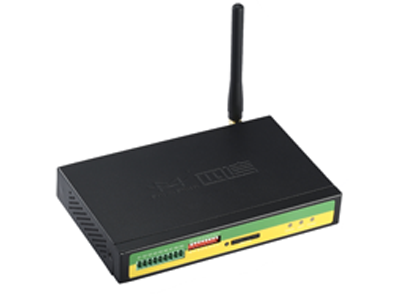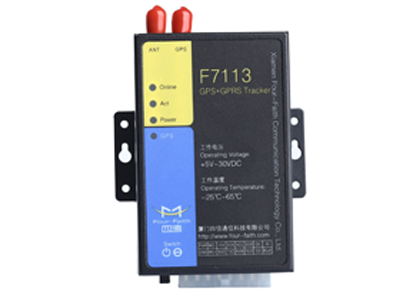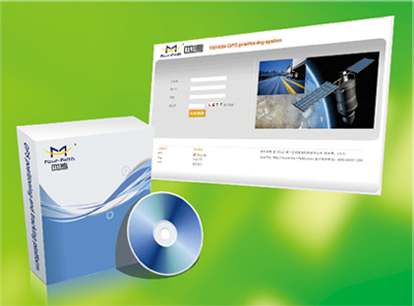Fifteen years ago, even the more advanced automation systems seldom supported wireless telemetry. Systems that did employ wired or wireless telemetry offered slow data throughput (9,600 baud or less) and rarely provided coverage to every automated location. This greatly limited the usefulness of the ability to measure data from a distance. Today, it is common to have 100 percent communication to all field locations and to experience data throughput from the field of 19.2 kilobits per second (kbps) or even 38.4 kbps. High-speed backbone telemetry is now available in the megabits range.
Wireless instrumentation is the latest current telemetry trend. It can support analog and digital signals without the constraints of a wired connection. Wireless technology can now be used to communicate to and from pressure or temperature transducers, control valves remotely, flow meter (gallons per minute and total), signal the arrival of switch closures and report status changes or contact closures.
The latest of these telemetry advances is the wireless network. This network is a continuous radio system that communicates from the desktop to the remote terminal unit (RTU) or programmable logic controller (PLC) and then to the field instrument (transducer, valve, etc.) without wired connections on one continuous radio network.
Continuous radio network communication allows end users to check the status of controllers and attached instrumentation and monitor the health of the entire telemetry system. This diagnostic capability is available throughout a supervisory control and data acquisition (SCADA) system on one network.
Several manufacturers now offer radios capable of retrieving data from remote locations. Although several make wireless input/output (I/O), only recently have both capabilities been offered in one communication solution.
These new wireless networks have shifted the conventional attitudes about automation. Previously, some operators believed that telemetry could reliably handle the long haul, sending data from a remote site back to the host. However, the local connections to the instruments needed to be hard-wired to ensure reliability.














